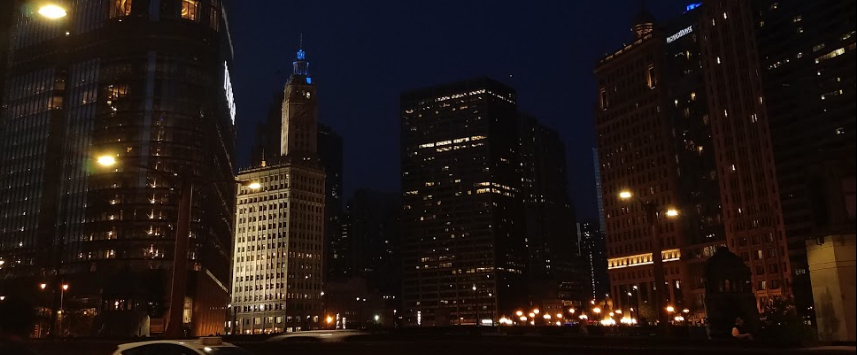Vicente Guerrero: Mexico's Black President
Written by Emmanuel Carrillo
Here’s a quick history lesson for Black History Month which may be new to you. Let’s set the scene: it’s the early 1800s in Mexico and the independence movement is in full swing. We find a young man born to a mother of African descent and Mestizo father. This same young man hears the call for independence and gets excited. He knows firsthand that the Spanish colonial caste system works unjustly against people like him, and he wants to dismantle it. His name is Vicente Ramón Guerrero Saldaña, and he is about to change history forever.
Guerrero was instrumental in creating a Mexican state where people could not be legally discriminated against because of their race. While their neighbor to the north was making absurd legal distinctions as to who qualified as a person, Mexico’s independence fighters signed the Plan of Iguala into law. It’s a paper detailing a plan for a new independent Mexican state, a fairly conservative document with the exception of Article 12. This article, which was amended by Guerrero, granted citizenship to all inhabitants of Mexico regardless of ethnicity. Africans, Indigenous people, Europeans, Asians, and Mestizos were all included in Guerrero’s image of Mexico.
Vicente Guerrero eventually became the second president of Mexico in 1829. He was a staunch liberal who supported public schools, land reform, and outlawed slavery across the country (one of the main reasons Tejas aka Texas seceded). Guerrero was a champion for the racially marginalized and the economically downtrodden. During his short nine-month presidency, Guerrero proved himself to be a true man of the people.
Not everyone in Mexico supported Guerrero’s liberalism though, especially not the conservative reactionaries whose image of Mexico included a lot less melanin (Mexico was built as a colony with a rigid caste system ruled by a land-owning elite made up of white Spaniards). Guerrero was eventually ousted from the presidency, chased into Southern Mexico, and assassinated. Unlike other deposed Mexican leaders, Guerrero was not given the option of going into exile. I didn’t find any definitive sources detailing why Guerrero was so hated, but given the social climate of the time period (a staunch left-right divide), it’s easy to make some assumptions. The historian Jan Bazant believes that Guerrero’s murder was most likely a warning from the white land-owning class to non-white people who might want to challenge the status-quo.
This is not a tale about Mexico’s independence, but rather a tale of struggle against the racial oppression which has plagued the Americas since their colonial beginnings. Mexico and countries in the Americas in general—including our own creatively named American country—have a lot of work to do when it comes to treating Black citizens as equals (Afro-Mexicans weren’t even counted as a distinct group in Mexico’s census until this past year). Vicente Guerrero knew this and fought for justice on a continent that didn’t deem certain people worthy of human rights. For a brief moment, Guerrero allowed Mexico’s most vulnerable inhabitants to dream of a better future for themselves and their families. Let’s celebrate his life and the lives of other Black folks who have fought for racial justice, this month, and every month.
Works Cited
https://www.britannica.com/biography/Vicente-Guerrero
https://www.pvamu.edu/tiphc/research-projects/vicente-guerrero-mexicos-greatest-man-of-color/
https://www.blackpast.org/african-american-history/guerrero-vicente-1783-1831/
https://web.archive.org/web/20090826173709/http://www.tamu.edu/ccbn/dewitt/iguala.htm
https://www.biografiasyvidas.com/biografia/g/guerrero_vicente.htm
Bazant, Jan. "The Aftermath of Independence" in Mexico Since Independence. Leslie Bethell, ed. New York: Cambridge University Press, 1991, p. 12
Also, I took a jab at Texas, but its inhabitants are going through difficult times. Here are places to donate:
https://www.gofundme.com/f/kick-the-cold-austin-mutal-aid





